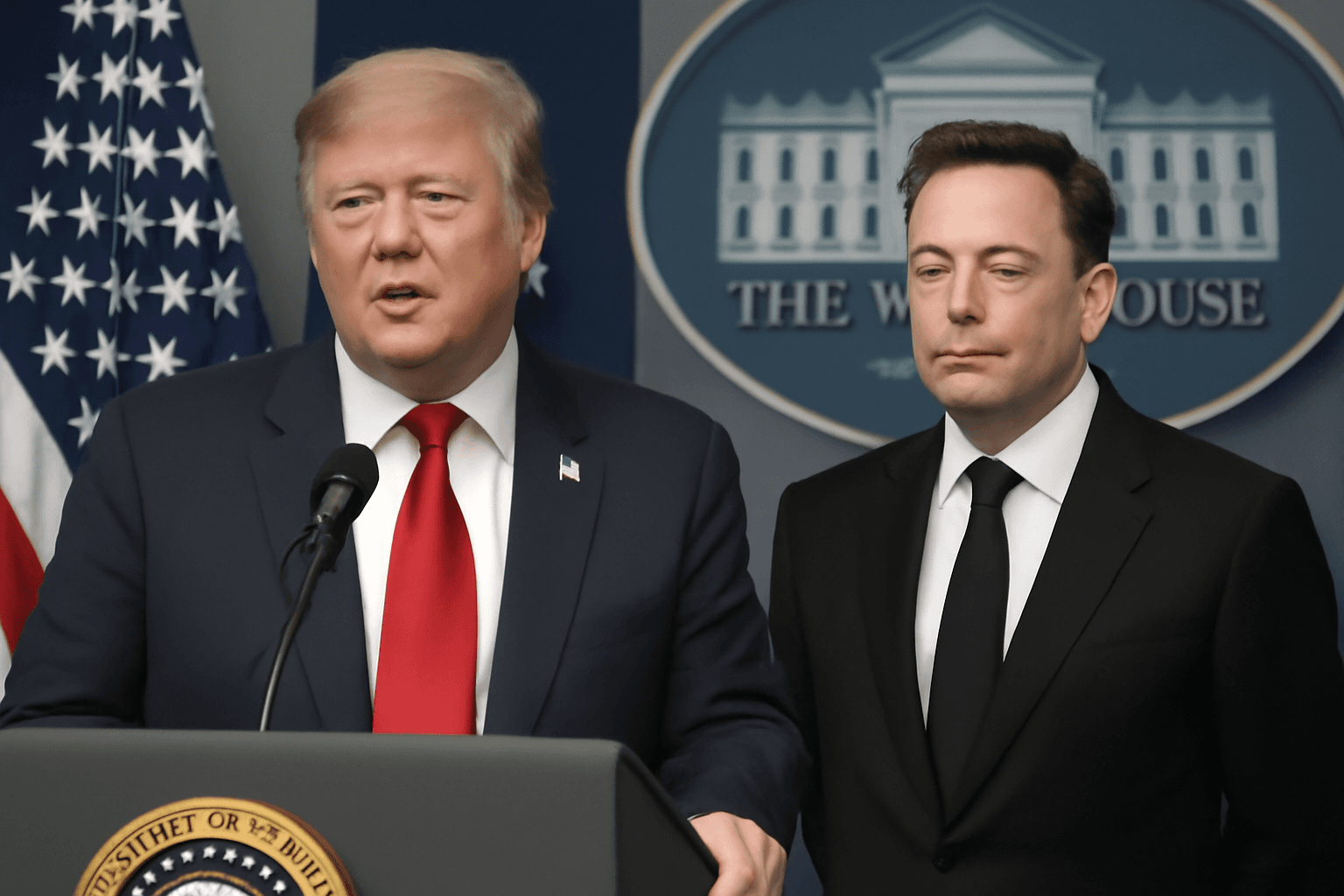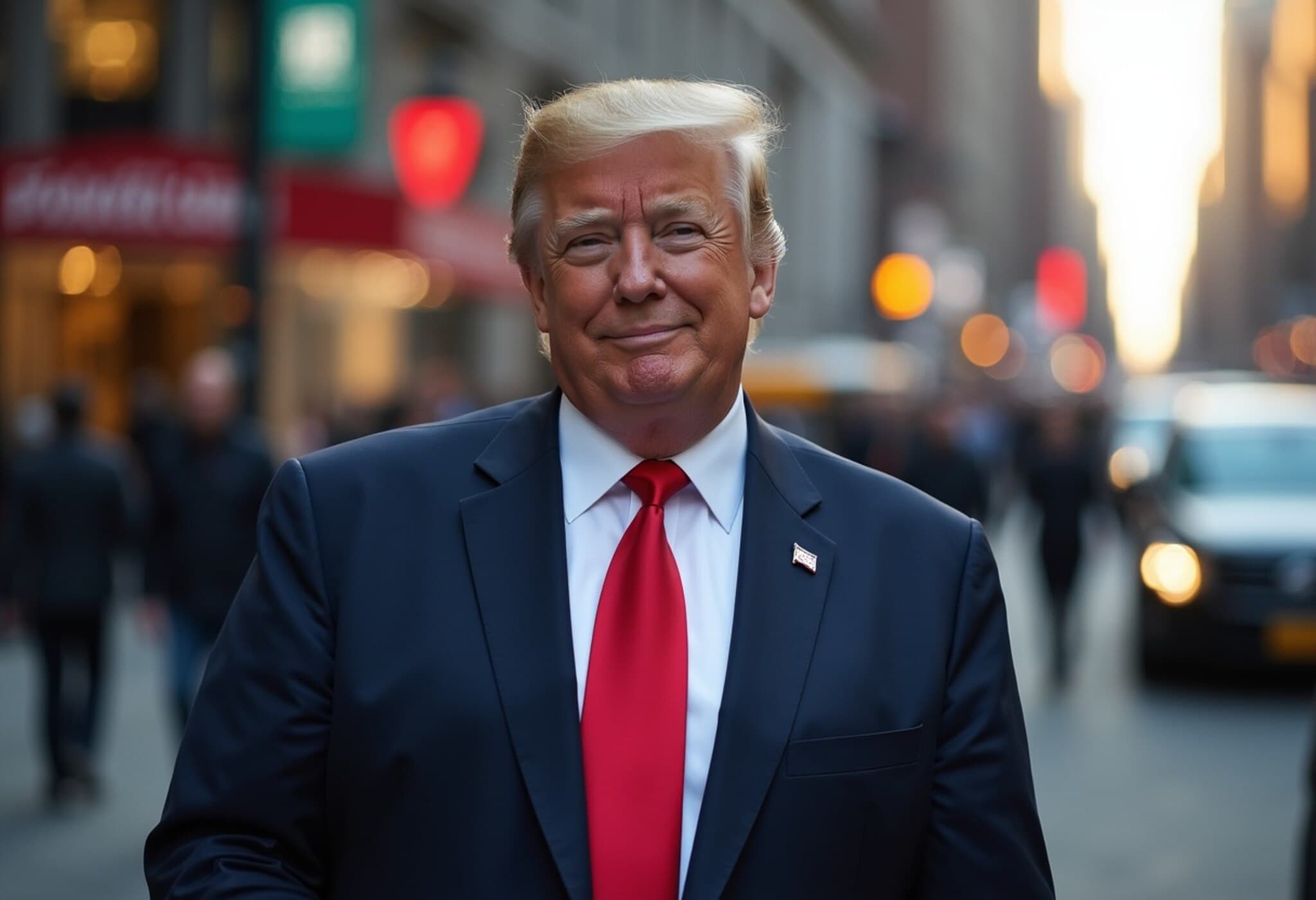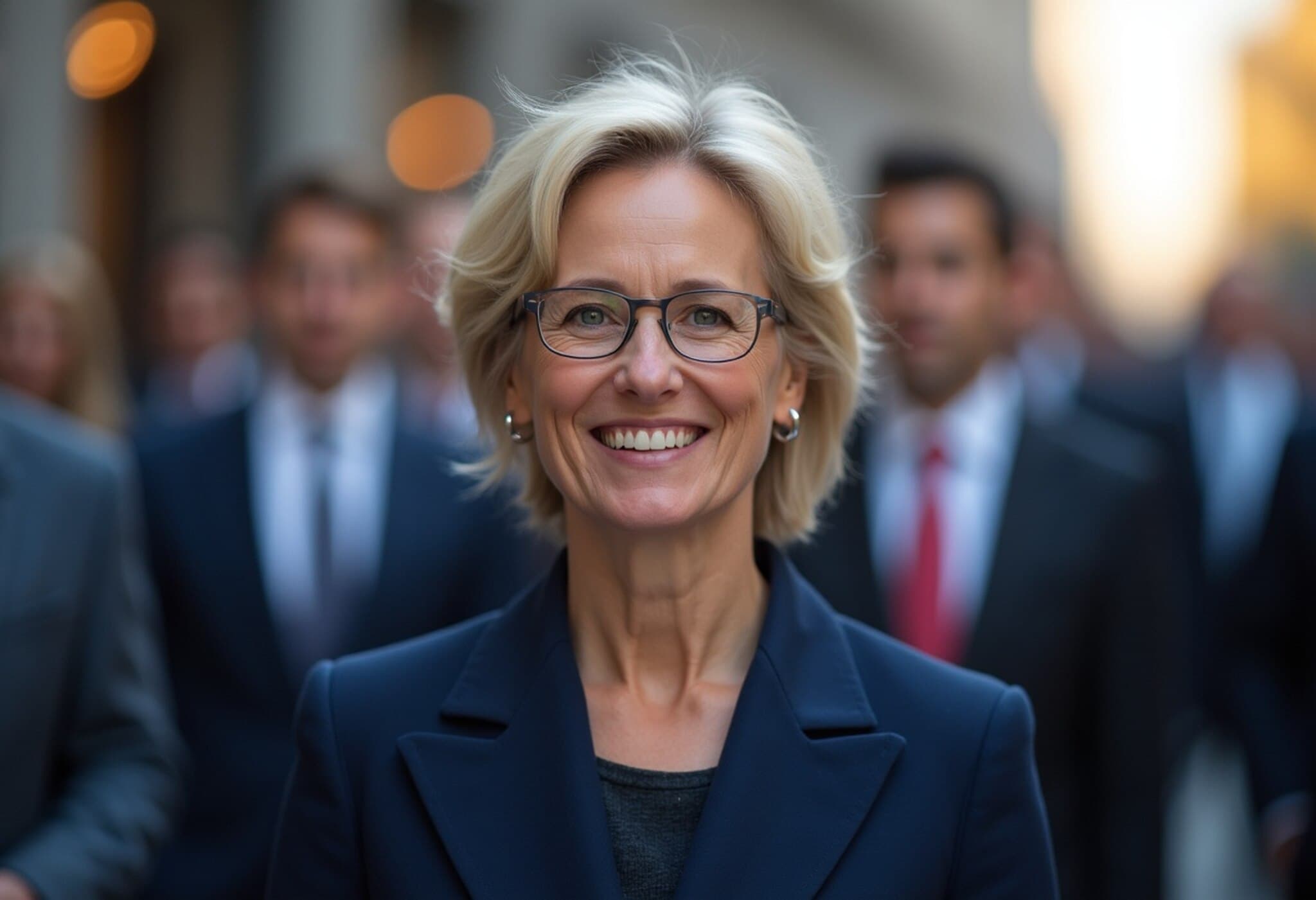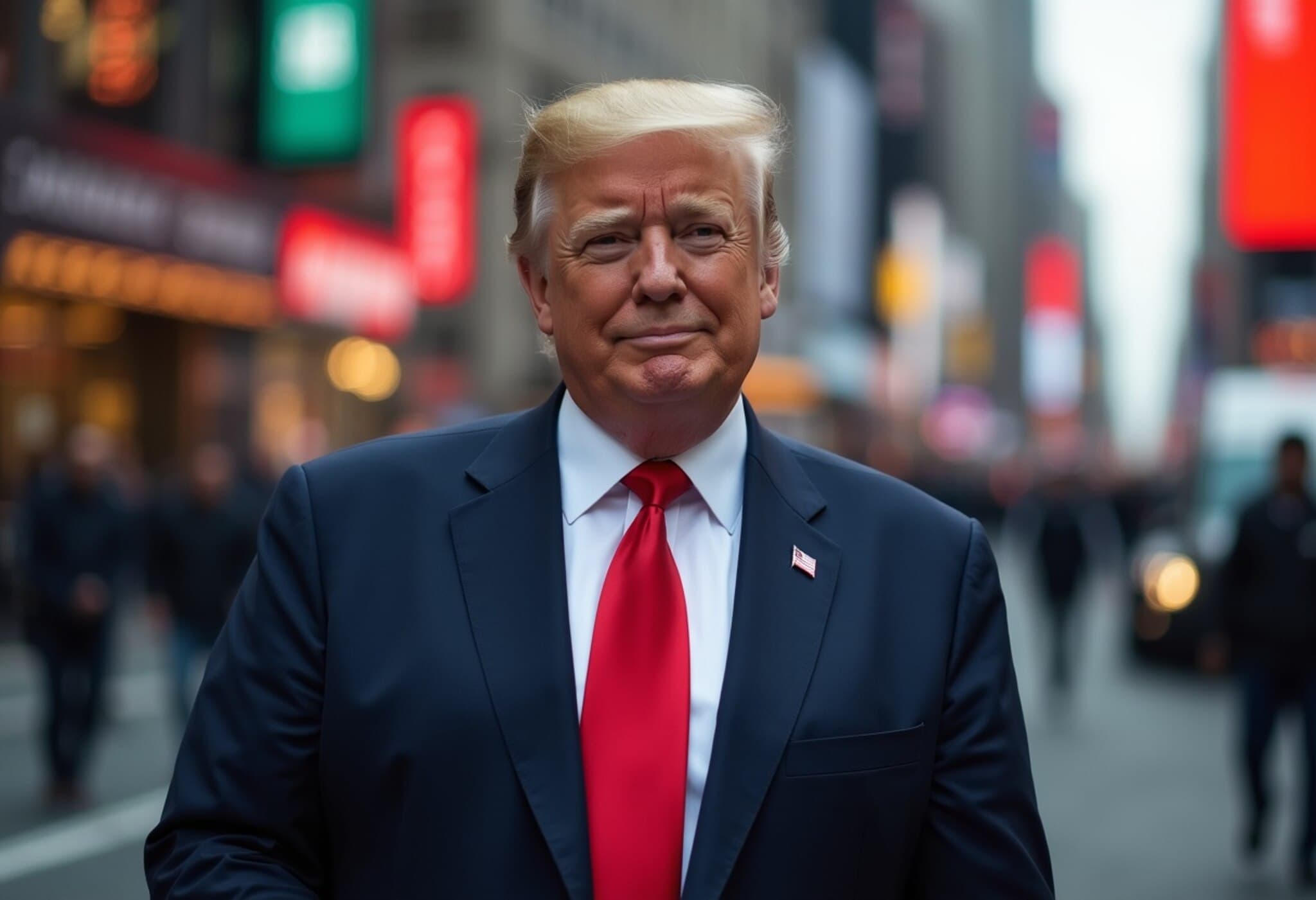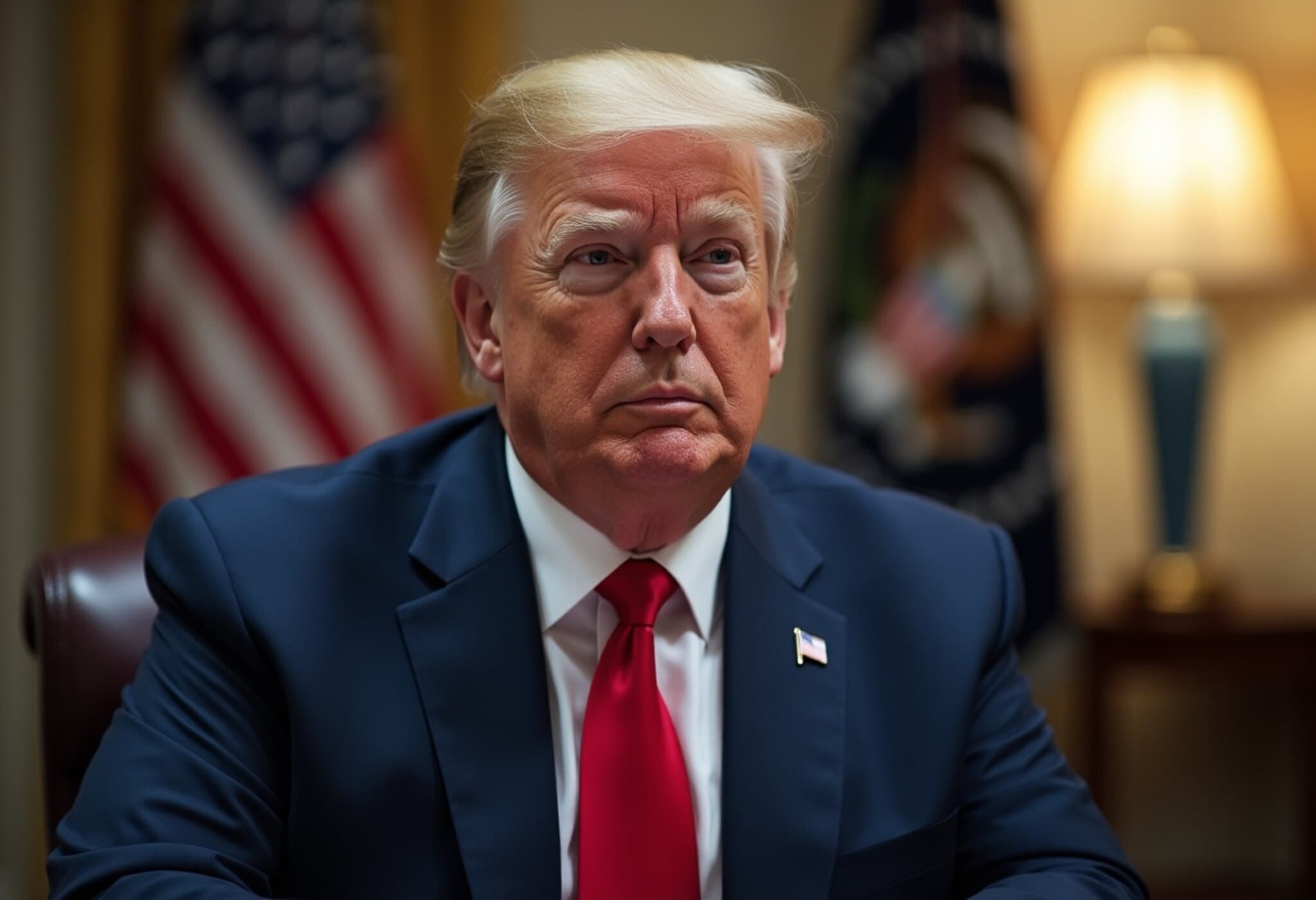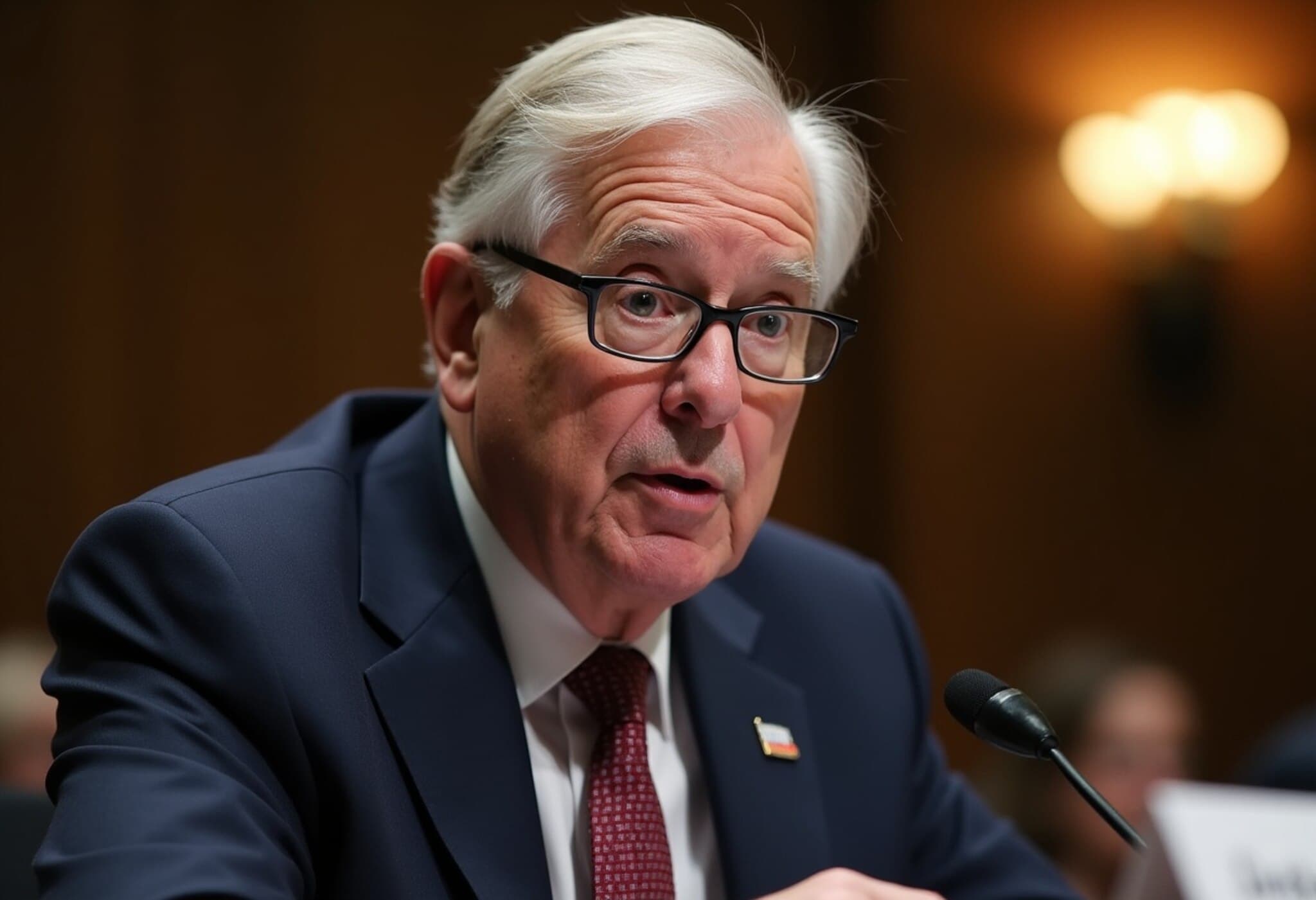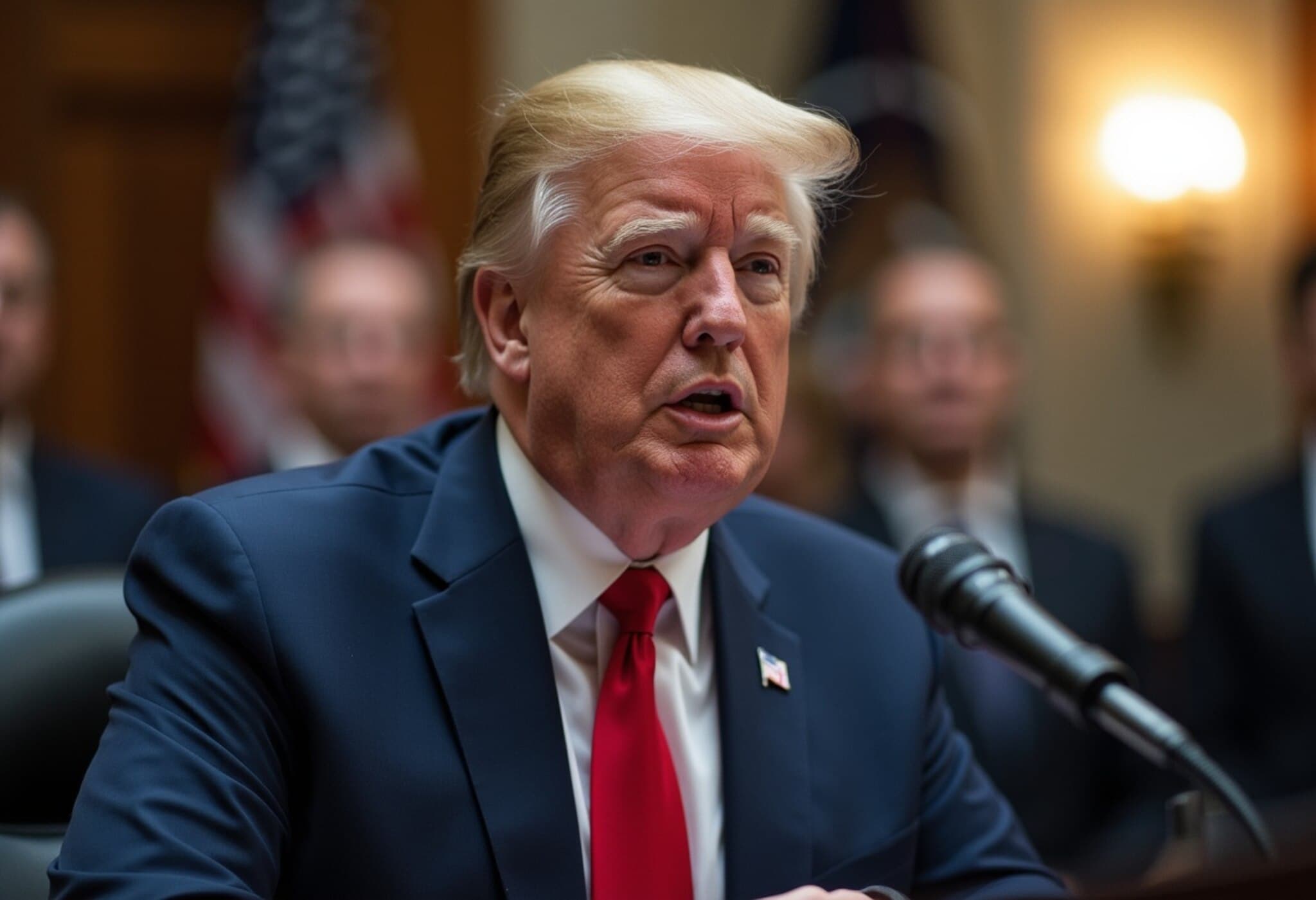How Federal Policy Shifts Are Reshaping State Business Landscapes in 2025
As the federal government undergoes significant transformation, the competitive dynamics among U.S. states for attracting businesses and jobs are evolving rapidly. With aggressive efforts to reduce federal spending and the ripple effects of trade tariffs, states find themselves reacting in very different ways depending on their economic makeup and federal ties.
New Challenges for States Dependent on Federal Spending
States heavily reliant on Washington for federal employment, grants, and contracts are finding the landscape tougher than ever. Budget cuts at the federal level have curtailed the flow of resources that once bolstered these economies, forcing states to rethink their traditional strategies for economic growth. On the flip side, those states with less dependence on federal funds are positioning themselves advantageously in this tightening climate.
Tariffs Disrupt Trade-Dependent Economies
The ongoing trade tensions and tariff wars add another layer of complexity. States with economies tied closely to international trade are experiencing uncertainties and risks, but these challenges also bring unique opportunities. For instance, companies are exploring manufacturing relocations within the U.S. to circumvent tariff impacts, signaling a potential manufacturing revival on home soil.
"Tariffs are compelling businesses to reconsider their supply chains," explains an economic analyst. "Many foreign firms are initiating U.S. operations to sidestep unpredictable tariff outcomes, despite the lack of clarity on the final trade policies."
Technology and Innovation Spur New Economic Movements
Emerging sectors such as artificial intelligence, quantum computing, and other high-tech industries are becoming key growth engines. Domestic companies in these areas are actively relocating or expanding, stimulated by investment incentives and the search for technological hubs.
Measuring State Competitiveness in the New Era
A comprehensive annual study assessing all 50 states across ten competitiveness categories sheds light on which states are thriving amid this upheaval. Central to the 2025 evaluation is the Economy category, with increased weight given to economic strength and stability in light of federal budget cuts and trade uncertainties.
Accounting for Emerging Economic Risks
The study integrates traditional metrics—like economic and job growth and fiscal health—with new risk factors stemming from federal policies such as budget tightening and tariff exposure.
- Kentucky stands out with trade representing roughly 50% of its GDP, making it highly sensitive to international tariff shifts.
- In contrast, Virginia's trade exposure is less than 10%, offering relative insulation from the trade war's pressures.
This differentiated impact highlights the uneven effects of federal policy across states, especially in relation to trade with China—central to many tariff discussions.
Infrastructure and Energy: Pillars of Growth in 2025
Robust infrastructure remains a decisive factor for business location decisions. The demand for reviving domestic manufacturing and leading the digital data revolution underscores the need for:
- Reliable electricity grids capable of supporting power-hungry data centers
- Modern transportation networks including roads, bridges, ports, and airports
- High-speed broadband connectivity and computing capabilities
For example, a major social media company has selected rural Louisiana for a $10 billion data center project, valuing the state's dependable power and connectivity infrastructure.
Other Critical Factors: Climate Resilience and Business Costs
The accelerating climate crisis introduces new challenges, intensifying risks such as rising insurance costs, which factor into business expense and living calculations. These shifts elevate the importance of cost-efficiency and climate resiliency within state competitiveness assessments.
Ranking What Truly Matters to Businesses
The study weights various categories based on what drives business decisions in 2025, including:
- Cost of Doing Business and Cost of Living, influenced by inflation fears and climate-driven expenses
- Business Friendliness, crucial for companies seeking rapid U.S. market access
- Technology and Innovation, highlighting the race for leadership in AI and advanced industries
- Workforce Quality, focusing on attracting and retaining skilled talent
- Quality of Life, ensuring employees’ safety and well-being
- Education, measuring states’ effectiveness in developing future leaders and workers
- Access to Capital, evaluating the availability of funding sources such as venture capital and state incentives
Looking Ahead: The Competition for America’s Top Business States
With these comprehensive factors in play, the race to become the most competitive state for business in 2025 is filled with new twists. The official rankings will be unveiled soon, providing valuable insights into which states have adapted best to the shifting federal landscape.
Stay tuned for in-depth coverage and engage with the conversation on social media using #TopStates.







